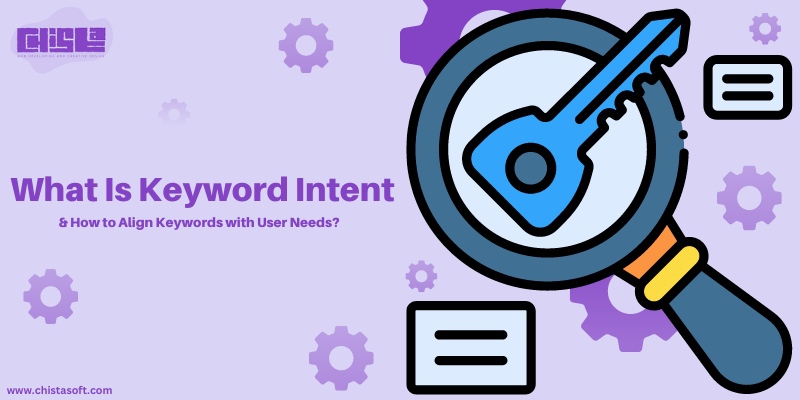What Is Keyword Intent & How to Align Keywords with User Needs?
Learn more: What Is SEO?
Why Understanding Keyword Intent Is So Valuable in SEO

4 types of keyword intent

Navigational keyword intent
Navigational keyword intent refers to a specific type of user intent when conducting an online search. In this case, users are looking for a particular website or webpage, often with the intention of navigating directly to a specific online destination. The search query typically involves the name of a brand, company, service, or a specific webpage. Users with navigational intent have a clear idea of where they want to go, and their goal is to find the website or page quickly. Examples of navigational intent queries include searches like “Facebook login,” “Amazon homepage,” or “CNN website.” Understanding navigational intent is important for businesses to ensure that their online presence is easily accessible to users searching for their brand or specific content
Informational keyword intent

Transactional keyword intent
The Difference Between High Intent and Low Intent Keywords

low intent keywords
Examples of High Commercial Intent Keywords

Keywords with high commercial intent are phrases that strongly suggest a user’s readiness to make a purchase or take part in a transaction. These specific terms hold significant value for businesses aiming to reach consumers who are poised to convert. Here are some examples of high commercial intent keywords:
- Buy [product/service]: “buy iPhone 12,” “buy running shoes online,” “buy web hosting.”
- Order [product/service]: “order flowers for delivery,” “order prescription glasses online,” “order pizza online.”
- Discount/Coupon for [product/service]:”discount on fitness equipment,” “coupon for hotel booking,” “promo code for software purchase.”
- Best price for [product/service]: “best price for 4K TV,” “best price for flight tickets,” “best price for car insurance.”
- [Brand] reviews: “Apple iPhone reviews,” “Nike running shoes reviews,” “Samsung 4K TV reviews.”
- Compare [product/service]: “compare DSLR cameras,” “compare electric shavers,” “compare travel insurance plans.”
- Free shipping on [product/service]: “free shipping on beauty products,” “free shipping on outdoor furniture,” “free shipping on book orders.”
- Deals on [product/service]: “deals on laptops,” “hotel deals in [city],” “restaurant deals near me.”
These examples demonstrate user queries indicating a strong commercial intent, where individuals are actively seeking to make a purchase, find the best deals, or gather information about specific products or services before making a buying decision. Businesses targeting these high commercial intent keywords can tailor their content and advertising strategies to capture the attention of users ready to convert.
The Advantages of Targeting High-Intent Keywords




Each search query has a reason, and understanding the motivation behind keyword goals can enable you to produce user-friendly, interesting content for your website.
Greetings, dear friend We appreciate you reading and leaving a remark on our articles.
The appropriate category will facilitate Keyword Intent and SEO for you and make it easier for you to select the target keywords.
Salutations, my dear friend We value your time spent reading and commenting on our posts.
Your post was excellent.
you’re welcome.
Understanding how your target audience searches is the best approach to establish a connection with them. Knowing who might utilize your products and services will help you choose the correct keywords to draw in customers who may not have known about your company before.
We appreciate you taking the time to read and comment on our website.